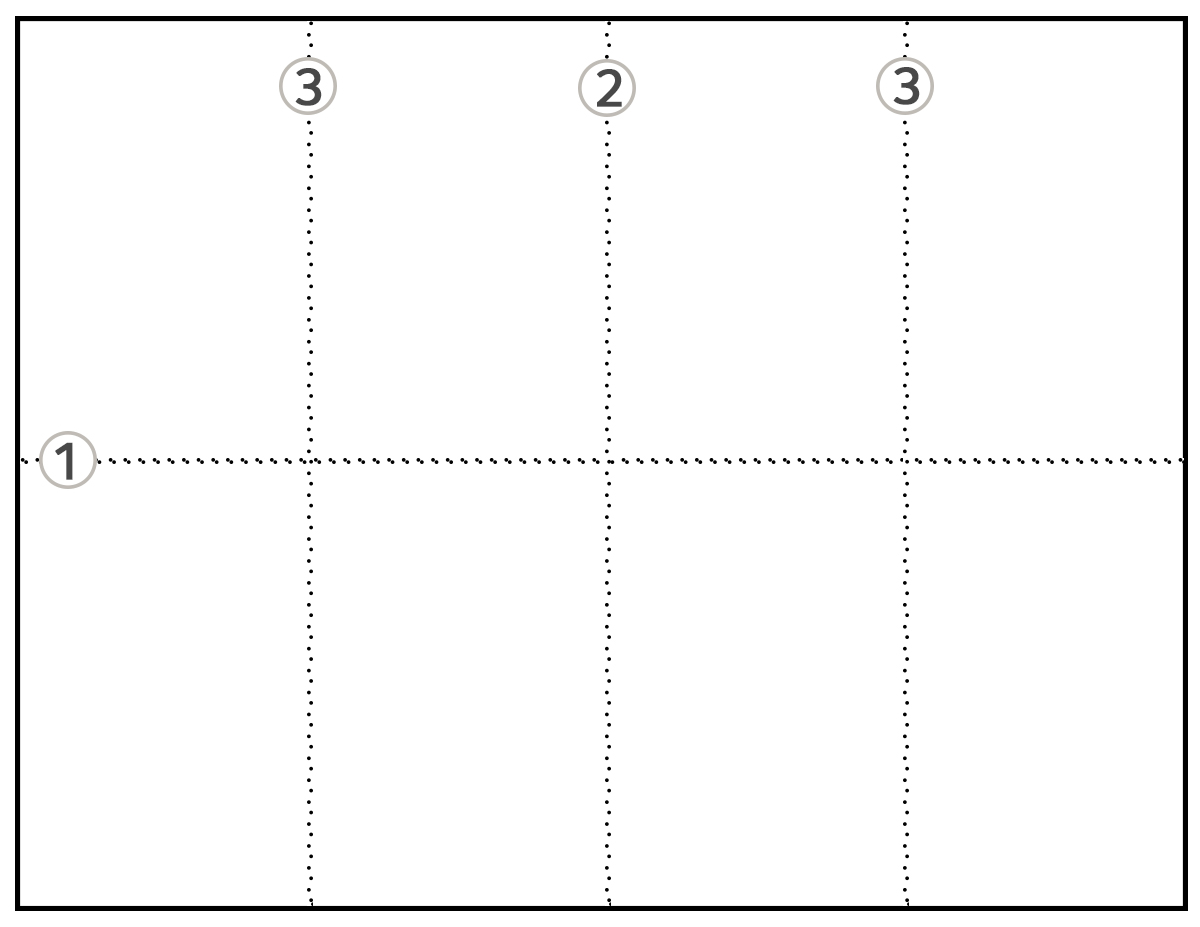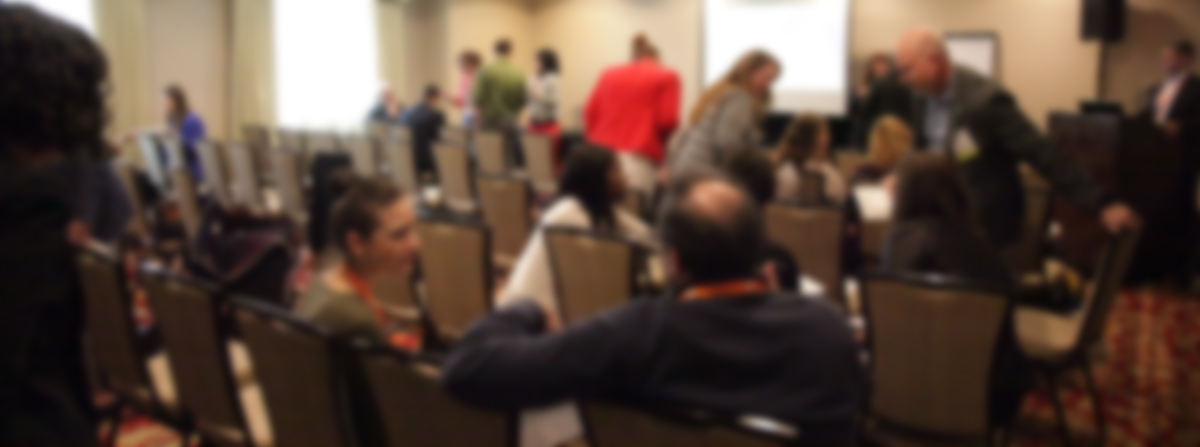
Within a group, a team, a network, or organization that relies on members being connected to one another, connections can be based on a number of factors but almost always rely on the availability, awareness, and mobility of knowledge or information essential to the group. How does information move within a group or across groups? We are interested in identifying catalyzing actions that occur in group interactions to facilitate the ease of information and knowledge exchange and the establishment of new connections of members in the group. Research suggests that ideas have value to the extent that they can be shared with a new or different audience (Burt, 2004). This research also suggests that individuals who can establish new connections within a group bring competitive advantage to the development of new ideas within that group. In our experience, the purposeful translation of ideas to new audiences reduces serendipitous connections and takes advantage of certain individuals’ natural tendencies to broker these connections.
We have created a three-part activity to demonstrate how reducing information to small exchange units, translating them across audiences and brokering connections to new audiences can close knowledge gaps and create new ideas and new innovations. We have conducted this activity with audiences who have expertise in collaboration and collaborative work (e.g., research team brokers, scientific research teams, and innovation experts), which is contributing to ongoing work around the characterization of different roles in teams and measuring the value of interactions across these roles in the process of generating new ideas.
This activity involves 3 parts:
- Self-characterization
- Knowledge kerneling
- Network brokering
1) Self-Characterization
This first part of the activity serves to identify three types of characteristics or natural tendencies in participants of the activity: experts, translators, and brokers. One way to self-characterize or identify natural tendencies is to complete a formal skills assessment. However, we have adapted this activity to work in presentation and workshop settings with limited time periods.
Participants are given a sheet of blank paper (one side longer than the other, e.g., 8.5” x 11”) and asked to fold it in half long ways, then to fold it in half to bring the two far ends together, and then to fold it in half again. When unfolded, the sheet of paper now has eight equal rectangles, which are then each labeled 1, 2, 3, and 4 across the top row and 5, 6, 7 and 8 across the bottom row. The folding isn’t so important as the numbering. One could similarly label eight lines 1 through 8 but this part of the activity encourages participation and interaction among participants. It often sets the tone for participation and engagement and can serve to encourage interaction prior to other parts of the activity.
 |
| The numbers represent the order in which the folds are made in the paper. |
Participants are asked eight yes/no questions to identify the experts (participants who were very content-focused), the translators (participants who can understand, extract, and relay information across domains), and brokers (extraverted participants who are excellent at “winning others over”). The eight questions we have used are:
- I respect a hierarchy (Yes = expert; No = translator)
- I prefer working toward concrete goals than meandering toward a guiding vision (Yes = expert; No = translator)
- I am comfortable with failure (Yes = translator; No = expert)
- I do not like to feel vulnerable (Yes = expert; No = translator)
- I prefer to recognize others for their good work than to be recognized for my own work (Yes = translator; No = expert)
- I prioritize milestones of completion over milestones of learning (Yes = expert; No = translator)
- It bothers me when people use different definitions for standardized terms (Yes = expert; No = translator)
- I love meeting strangers and starting up conversations with them (Yes = Broker; No = expert)
For questions 1 through 7, a participant responding with a majority of “yes” responses would be characterized as an expert. A participant responding with a majority of “no” responses would be characterized as a translator. This is not a scientifically-verified scale but the odd number of questions allows for a majority of responses in one category vs the other. Question 8 is the singular question that identifies a broker. This is not scientific but in our experience, it identifies the natural tendency to “win others over,” which serves to identify the skills needed to broker within this activity.

Once experts, translators, and brokers are identified, ideally participants would characterize into nearly equal numbers for the 3 types, although having fewer brokers will still enable the activity to work. If the numbers within each type are uneven, activity facilitators can make a few suggestions to move individuals from one type to another.
2) Knowledge Kerneling
This second part of the activity creates a knowledge base that will fuel the exchanges and connections throughout the remainder of the activity.
Experts: Each expert is asked to think about a project or an idea of interest. This can be a current or past project or idea or something they have given some thought to. Because the activity relies on sharing some detail on this project and/or idea, it is helpful if the expert can provide that detail.
Translators: Each translator is paired with an expert. The role of the translator is to listen to the project/idea details provided by the expert and reduce those details into what we are calling “kernels.” The translator should write the kernels down, preferably in list form, so that they can be shared with other experts, translators and brokers.
Brokers: Each broker will be asked to read the kernels produced by pairs of experts and translators and attempt to broker a connection to another expert-translator pair (see Part 3: Network Brokering, below)
 |
| Brokers read over the shoulders of translators talking with experts during the kernels activity conducted at the NORDP Annual Conference in 2019. |
The term ‘kernel’ is found in different disciplines including machine learning, mathematics, biology, and the like. For this activity, a kernel is a simple, understandable, discernable, and relatable element of a project and/or idea. This reductionist approach is likely familiar to translators who are practiced and interrelating concepts and ideas and often have to reduce these concepts and ideas to levels they can understand to enable sharing with others.
It can be an unsettling experience for experts to hear their project/idea reduced to simpler terms, losing detail or nuance. Experts can get frustrated or feel uneasy with this part of the activity. However, practiced translators will likely feel at ease and will not require significant instruction as to how to translate kernels about a project/idea.
3) Network Brokering
The third part of the activity is to share information across parts of the network, exposing new/different audiences to new ideas. The brokers play an initial role in making connections but the translators and experts will play roles in the development of new ideas.
With the experts talking to their translators, the translators will write down the kernels in large enough print and simply enough (no sentences) so that the kernels can be read by the broker without interrupting the expert-translator conversation. The broker is seeking to make a connection between two expert-translator pairs.
To broker a connection, the broker will suggest that two pairs join together (likely changing their location within the room) and the translators and the broker will discuss the kernels to determine if or to encourage the two experts to form a new idea together based on the kernels that were shared from their individual projects/ideas. The translators and broker will likely lead the discussion and translate the potential that they see across the kernels but the experts should also play a role in the idea formation.
After discussions have had time to evolve and new ideas have been created, a representative (possibly the broker) from each newly-formed group will present their resulting idea.
Postscript:
If time allows, participants often enjoy sharing their perspectives on this activity and can provide interesting insights into the roles they assumed and the ease with which they were able to participate in the activity.
Burt, R.S. (2004). Structural holes and good ideas. The American Journal of Sociology, 110 (2), 349-399.
Comments